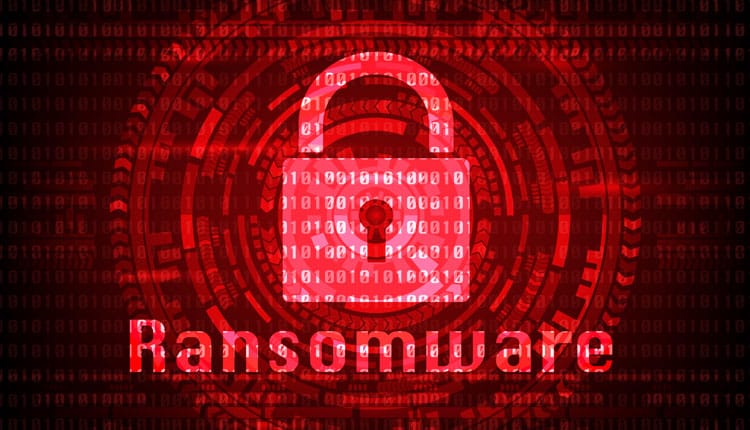Sophos, a global leader in innovating and delivering cybersecurity as a service, released a new sectoral survey report, “The State of Ransomware in Education 2023,” which found that education reported the highest rate of ransomware attacks in 2022. Over the past year, 79% of higher educational organisations surveyed reported being hit by ransomware, while 80% of lower educational organisations surveyed were targeted—an increase from 64% and 56% in 2021, respectively.
Additionally, the sector reported one of the highest rates of ransom payment with more than half (56%) of higher educational organisations paying and nearly half (47%) of lower educational organisations paying the ransom. However, paying the ransom significantly increased recovery costs for both higher and lower educational organisations. Recovery costs (excluding any ransoms paid) for higher educational organisations that paid the ransom were $1.31 million when paying the ransom versus $980,000 when using backups. For lower educational organisations, the average recovery costs were $2.18 million when paying the ransom versus $1.37 million when not paying.
Paying the ransom also lengthened recovery times for victims. For higher educational organisations, 79% of those that used backups recovered within a month, while only 63% of those that paid the ransom recovered within the same timeframe. For lower educational organisations, 63% of those that used backups recovered within a month versus just 59% of those that paid the ransom.
“While most schools are not cash-rich, they are very highly visible targets with immediate widespread impact in their communities. The pressure to keep the doors open and respond to calls from parents to ‘do something’ likely leads to pressure to solve the problem as quickly as possible without regard for cost. Unfortunately, the data doesn’t support that paying ransoms resolves these attacks more quickly, but it is likely a factor in victim selection for the criminals,” said Chester Wisniewski, field CTO, Sophos.
For the education sector, the root causes of ransomware attacks were similar to those across all sectors, but there was a significantly greater number of ransomware attacks involving compromised credentials for both higher and lower educational organisations (37% and 36% respectively versus 29% for the cross-sector average).
Additional key findings from the report include:
-Exploits and compromised credentials accounted for more than three-fourths (77%) of ransomware attacks against higher educational organisations; these root causes accounted for more than two-thirds (65%) of attacks against lower educational organisations
-The rate of encryption stayed about the same for higher educational organisations (74% in 2021 versus 73% in 2022), but increased from 72% to 81% across lower educational organisations during the past year.
-Higher educational organisations reported a lower rate of using backups than the cross-sector average (63% versus 70%). This is the third lowest rate of backup use across all sectors. Lower educational organisations, on the other hand, had a slightly higher rate of using backups than the global average (73%).
“Abuse of stolen credentials is common across sectors for ransomware criminals, but the lack of adoption of multifactor authentication (MFA) technology in the education sector makes them even more at risk of this method of compromise. Like the U.S. federal government’s initiative to mandate all agencies use MFA, it is time for schools of all sizes to employ MFA for faculty, staff, and students. It sets a good example and is a simple way to avoid many of these attacks from getting in the door,” said Wisniewski.
Sophos recommends the following best practices to help defend against ransomware and other cyberattacks:
1. Strengthen defensive shields with:
-Security tools that defend against the most common attack vectors, including endpoint protection with strong anti-exploit capabilities to prevent exploitation of vulnerabilities, and Zero Trust Network Access (ZTNA) to thwart the abuse of compromised credentials.
-Adaptive technologies that respond automatically to attacks, disrupting adversaries and buying defenders time to respond.
-24/7 threat detection, investigation and response, whether delivered in-house or by a specialist Managed Detection and Response (MDR) provider.
2. Optimise attack preparation, including making regular backups, practicing recovering data from backups and maintaining an up-to-date incident response plan.
3. Maintain good security hygiene, including timely patching and regularly reviewing security tool configurations.



